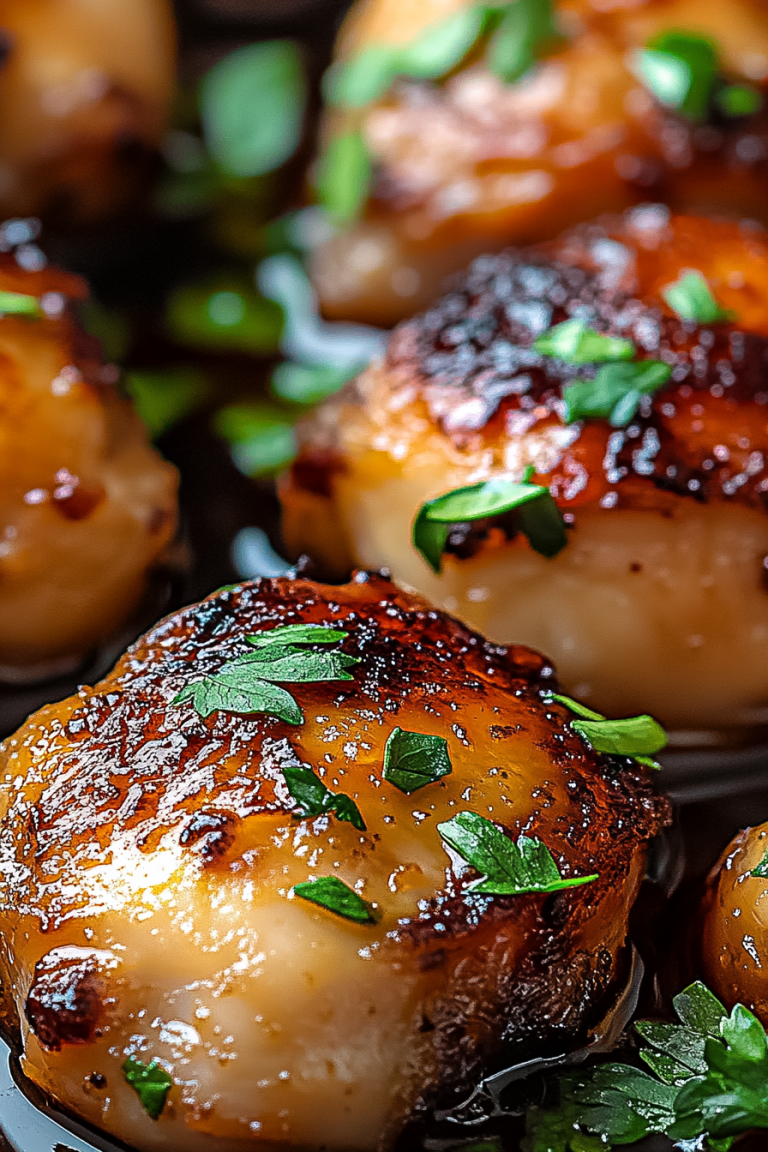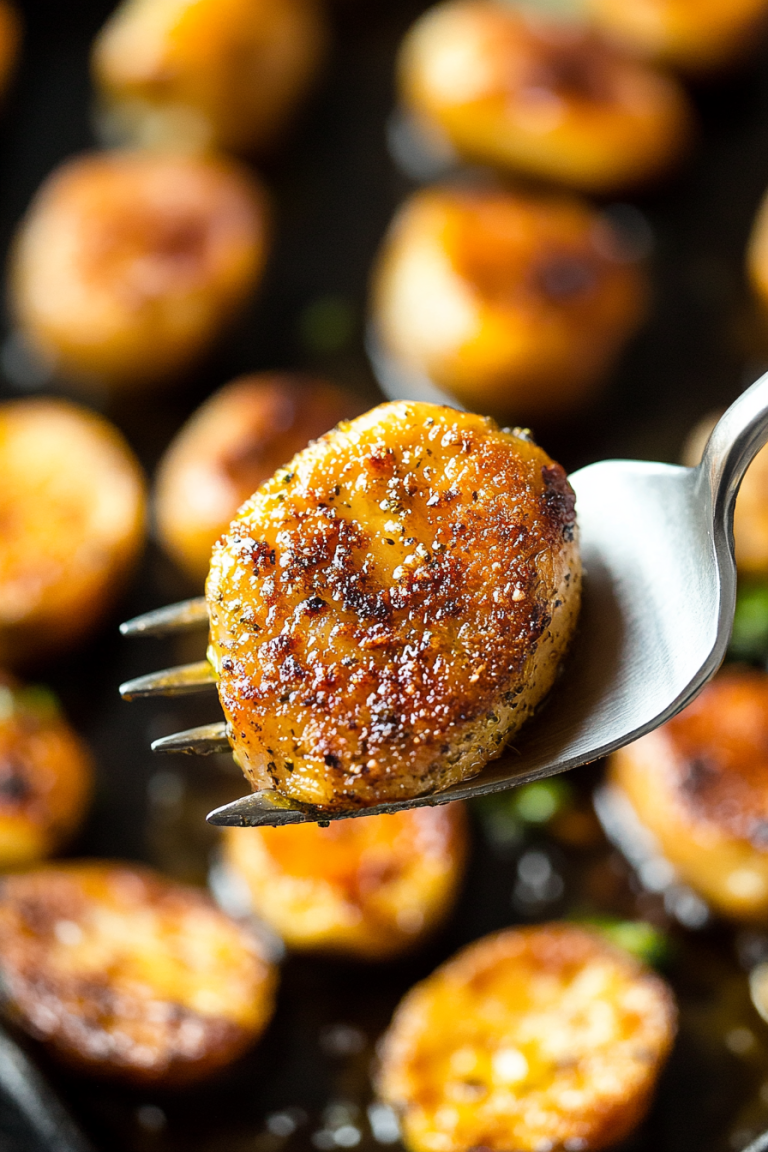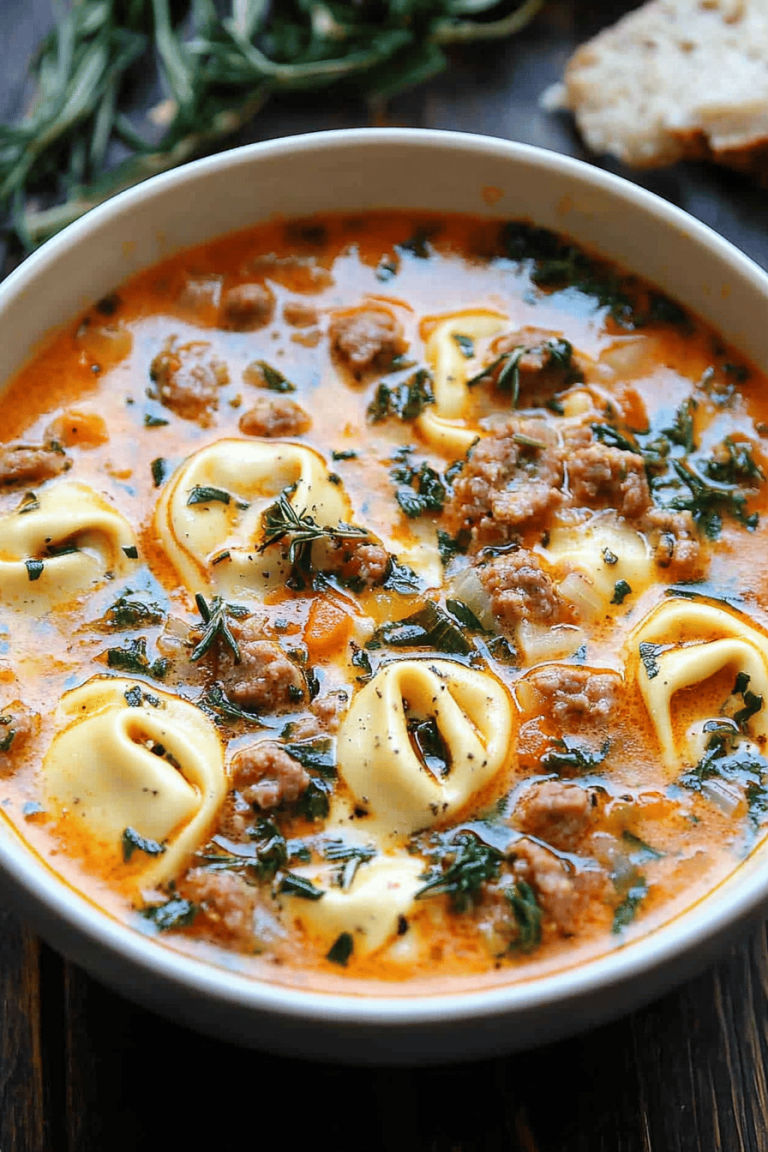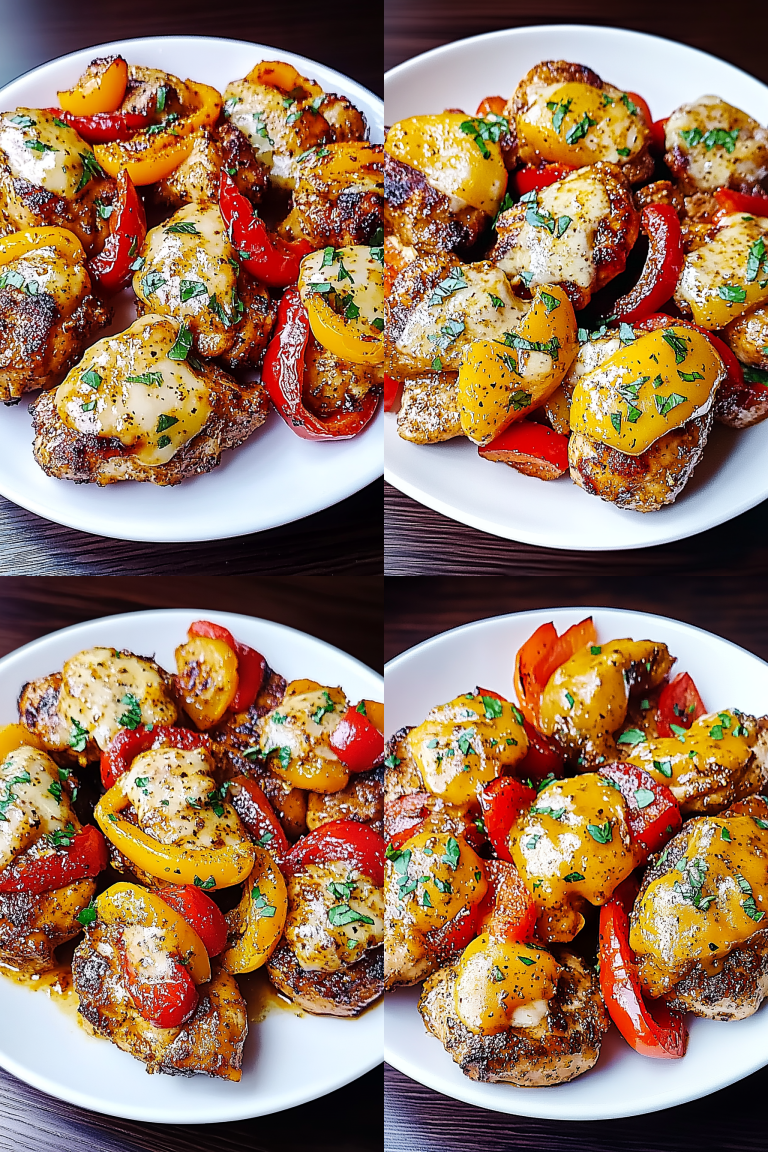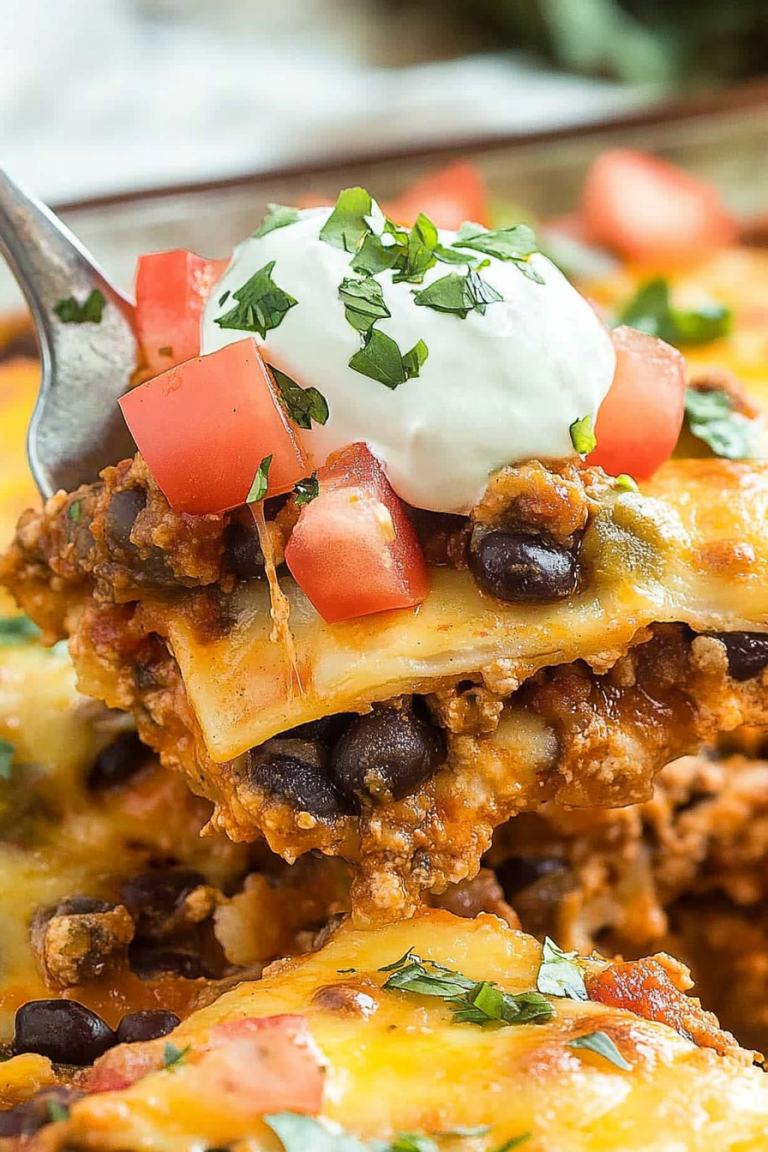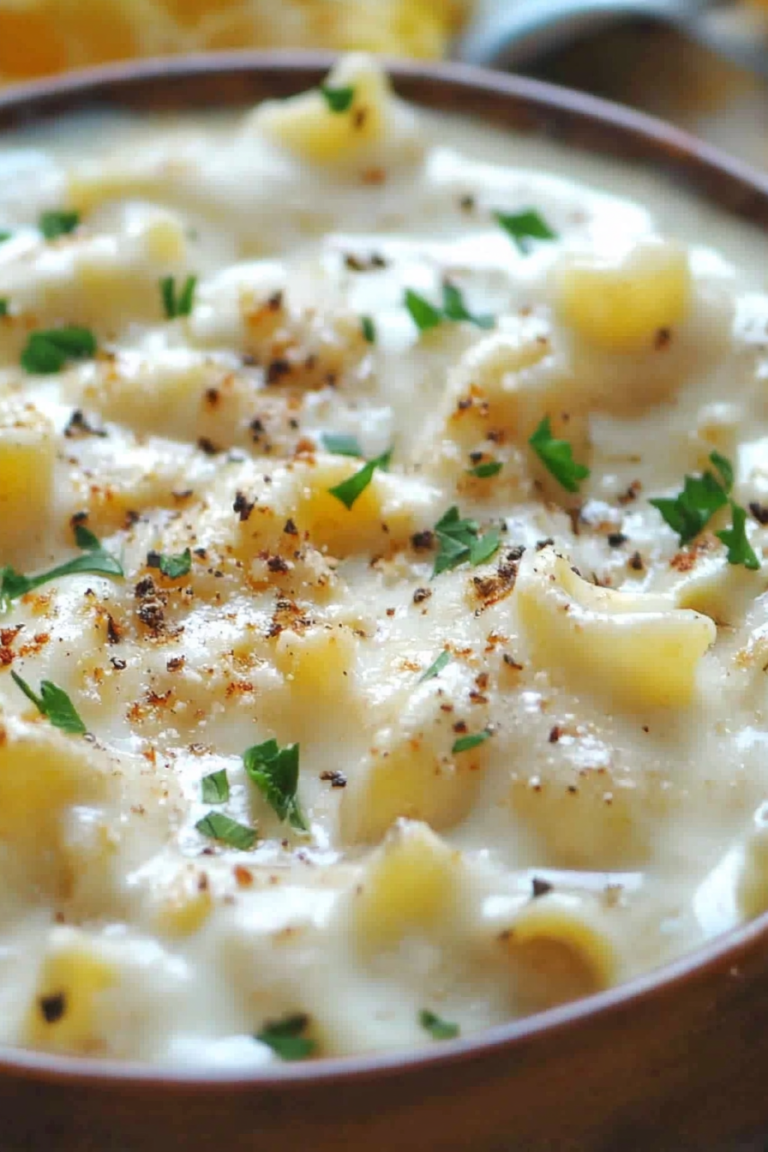Oh, chicken chow mein. Just saying the name brings back so many memories! For me, it’s the smell of garlic and ginger sizzling in the pan on a chilly weeknight, the satisfying chew of the noodles, and the perfectly tender chicken bathed in that savory sauce. It’s the kind of dish that feels like a warm hug. You know, I used to think making really good chicken chow mein at home was some kind of culinary Everest, something best left to restaurant chefs. I’d tried so many times to get that perfect balance of flavors and textures, often ending up with soggy noodles or bland chicken. But then, after a bit of trial and error (and a few kitchen mishaps, I’ll admit!), I finally cracked the code. This version? It’s a game-changer. It’s so much easier than you think, and the flavor is absolutely spot-on – way better than any takeout I’ve had. It’s my go-to when I want something incredibly satisfying without spending hours in the kitchen. Honestly, it’s become a staple, and my family devours it every single time.
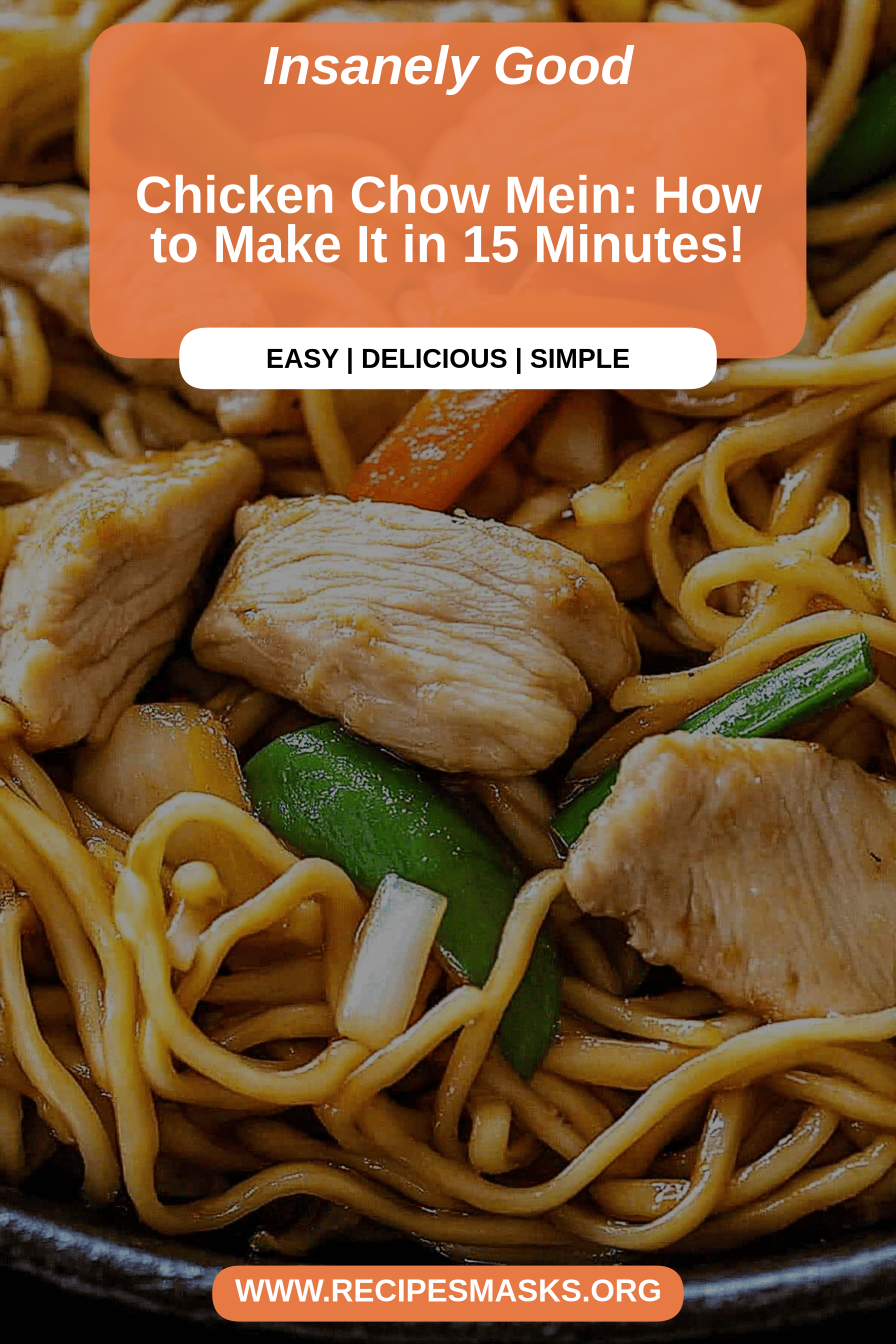
What is chicken chow mein?
So, what exactly *is* chicken chow mein? At its heart, it’s a classic stir-fried noodle dish that’s incredibly popular, especially in Chinese-American cuisine. The name itself, “chow mein,” literally translates to “stir-fried noodles.” It’s essentially tender pieces of Chicken Stir-fried with an assortment of crisp-tender vegetables and, of course, noodles, all tossed in a luscious, savory sauce. Think of it as a delicious canvas for all sorts of yummy ingredients. While there are many regional variations, the core idea remains the same: creating a harmonious blend of flavors and textures that’s both comforting and exciting. It’s not overly complicated; it’s more about bringing together good quality ingredients and cooking them quickly over high heat to lock in all that goodness. It’s the kind of dish that makes you feel like a culinary wizard, even if you’re just whipping it up on a Tuesday night.
Why you’ll love this recipe?
What are some good reasons to make chicken chow mein? flavor is out of this world. We’re talking that perfect symphony of savory, a little bit sweet, and that unmistakable umami kick from soy sauce and a hint of oyster sauce. The ginger and garlic are just singing in every bite! And the simplicity? It’s a lifesaver on those busy weeknights when you’re rushing but still want something wholesome and delicious. I can honestly whip this up in under 30 minutes from start to finish once I have my ingredients prepped. It’s also incredibly cost-efficient. Chicken Thighs are usually quite budget-friendly, and most of the other ingredients are pantry staples or inexpensive vegetables. You get so much flavor and satisfaction for your dollar, which is a huge win in my book. Plus, it’s so versatile! Don’t like broccoli? Swap it for snap peas. Want more crunch? Add some water chestnuts. You can really customize it to your liking. What I love most about this particular recipe, though, is that it manages to be both incredibly authentic tasting and perfectly approachable for home cooks. It’s like the best of both worlds. If you’re a fan of other stir-fries, like my Speedy Beef and Broccoli or my Easy Kung Pao Chicken, you’ll find this chicken chow mein hits all the right notes but with that signature noodle-y goodness that’s just pure comfort food. It’s truly a standout.
How do I make chicken chow mein?
Quick Overview
Making this chicken chow mein is surprisingly straightforward. You’ll quickly sauté your marinated chicken until it’s golden brown, then stir-fry a colorful medley of fresh vegetables until they’re crisp-tender. Next, you’ll toss in your cooked noodles and the magic happens when you add that irresistible savory sauce. Everything gets coated beautifully, creating a dish that’s packed with flavor and texture. It’s all about high heat and quick cooking to ensure nothing gets mushy, which is key to amazing chow mein. Trust me, the payoff is HUGE for the little bit of effort involved!
Ingredients
Here’s what you’ll need to gather to make this delicious chicken chow mein. I always find having everything prepped and ready before I even turn on the stove makes the whole process so much smoother. It’s called “mise en place,” and it’s a total game-changer!
For the Chicken & Marinade:
* 1 lb boneless, skinless chicken thighs, cut into bite-sized pieces (Thighs are my favorite here because they stay so tender and juicy! Breast works too, but be careful not to overcook.)
* 1 tablespoon soy sauce (Low-sodium is fine if you prefer, but I like the regular for a richer flavor.)
* 1 teaspoon sesame oil (This adds such a lovely nutty aroma.)
* 1 teaspoon cornstarch (This helps tenderize the chicken and gives it a nice coating.)
* 1/2 teaspoon white pepper (Or black pepper if that’s what you have.)
For the Stir-Fry & Noodles:
* 8 ounces dried egg noodles or ramen noodles (Use the ones that come with the flavor packet removed, or any thin dried noodles you like. My kids love the ramen ones!)
* 2 tablespoons vegetable oil or other high-heat oil, divided (Peanut oil is also fantastic if you have it.)
* 1 medium yellow onion, thinly sliced
* 2 cloves garlic, minced (Or more if you’re a garlic lover like me!)
* 1 teaspoon grated fresh ginger (This is non-negotiable for that authentic chow mein flavor!)
* 1 cup broccoli florets
* 1 cup sliced carrots (I like to cut them on the diagonal for more surface area.)
* 1/2 cup snow peas or snap peas, trimmed
* Optional: 1/2 cup sliced mushrooms or water chestnuts for extra crunch.
For the Chow Mein Sauce:
* 1/4 cup low-sodium soy sauce
* 2 tablespoons oyster sauce (This is key for that deep, savory flavor. Don’t skip it if you can help it!)
* 1 tablespoon Shaoxing wine or dry sherry (Adds complexity, but a splash of chicken broth works in a pinch.)
* 1 teaspoon sugar (Just a touch to balance the saltiness.)
* 1/2 teaspoon cornstarch (To thicken the sauce slightly.)
* 2 tablespoons water or chicken broth
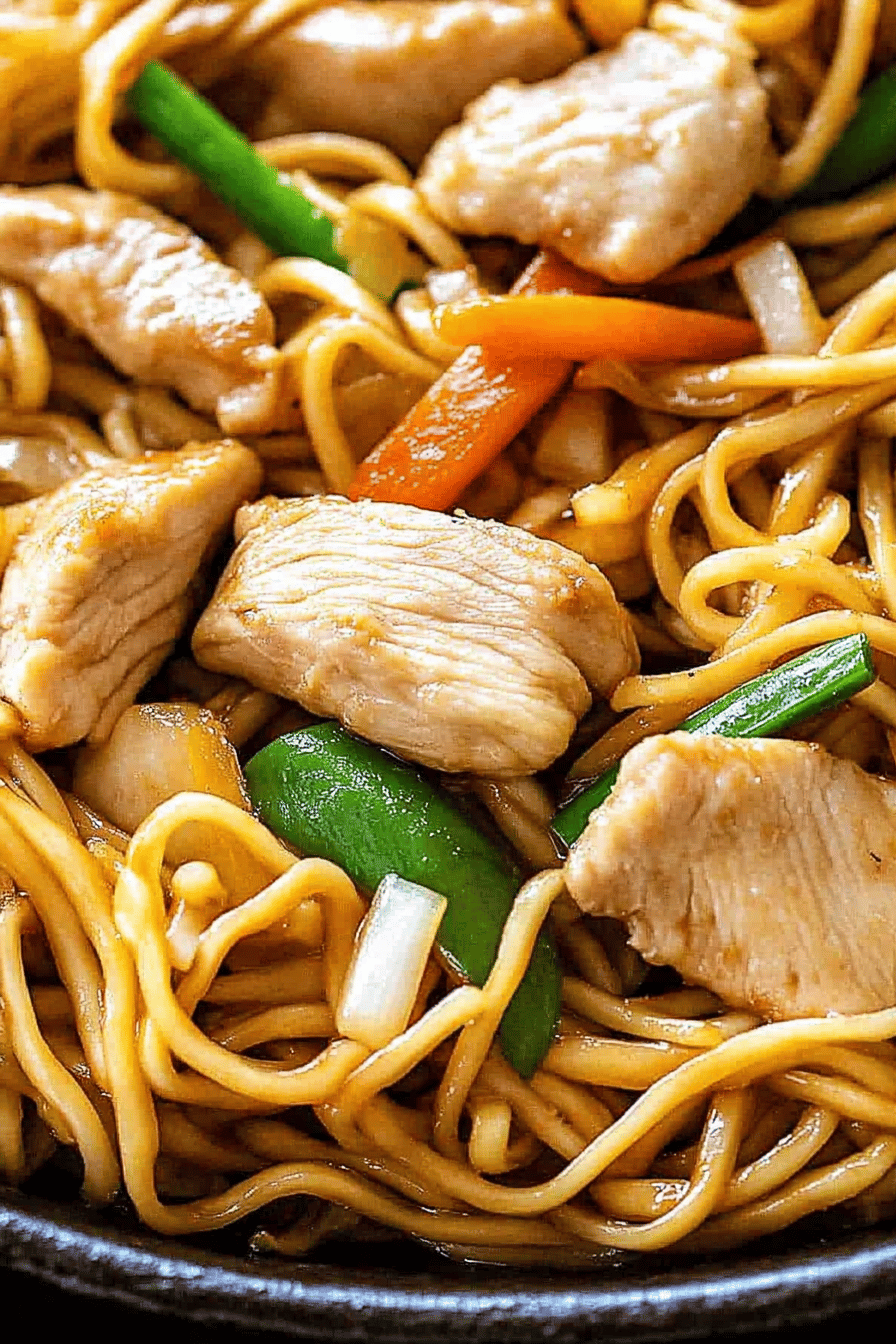
Step-by-Step Instructions
Step 1: Preheat & Prep Pan
First things first, get your noodles started. Cook them according to package directions until they are just al dente – you don’t want them mushy, as they’ll cook a bit more in the pan. Drain them well and toss them with about a teaspoon of vegetable oil to prevent sticking. Set them aside. Now, for the stir-fry itself. Get your wok or a large, heavy-bottomed skillet smoking hot over medium-high heat. You want it to be really hot before you add anything. Once it’s nice and hot, add 1 tablespoon of the vegetable oil and swirl it around.
Step 2: Mix Dry Ingredients
In a small bowl, whisk together the soy sauce, sesame oil, cornstarch, and white pepper for the chicken marinade. Make sure there are no lumps of cornstarch. This mixture is going to coat your chicken, making it super tender and giving it a fantastic base flavor.
Step 3: Mix Wet Ingredients
In a separate small bowl, whisk together all the ingredients for the chow mein sauce: the soy sauce, oyster sauce, Shaoxing wine (or sherry/broth), sugar, cornstarch, and water or chicken broth. Whisk until the cornstarch is fully dissolved and everything is well combined. This sauce is what brings the whole dish together, so make sure it’s mixed properly before you need it!
Step 4: Combine
Add your cut chicken pieces to the marinade mixture. Toss them gently to ensure every piece is coated. Let it marinate for at least 10-15 minutes while you prepare your vegetables, or even longer in the fridge if you have time. I usually do this step first thing. The cornstarch in the marinade helps create a beautiful, slightly crisp exterior when you stir-fry the chicken.
Step 5: Prepare Filling
Now, add the marinated chicken to the hot, oiled pan. Spread it out in a single layer and let it cook undisturbed for a minute or two until it starts to brown. Then, stir-fry until the chicken is cooked through and nicely golden. Remove the chicken from the pan and set it aside with your cooked noodles. Don’t clean the pan! Add the remaining 1 tablespoon of vegetable oil. Add the sliced onion and stir-fry for about 1-2 minutes until it starts to soften slightly. Then, add the minced garlic and grated ginger and stir-fry for another 30 seconds until fragrant. Be careful not to burn the garlic!
Step 6: Layer & Swirl
Add the broccoli florets and carrots to the pan with the onions, garlic, and ginger. Stir-fry for about 3-4 minutes until the vegetables are crisp-tender. You want them to still have a little bite. Add the snow peas (and any other optional veggies like mushrooms) and stir-fry for another minute. Now, return the cooked chicken and the drained noodles to the pan. Give everything a good toss to combine. Pour the prepared chow mein sauce over everything. Toss gently but continuously until the sauce thickens and evenly coats all the ingredients. This usually takes about 1-2 minutes.
Step 7: Bake
This step isn’t typically part of the traditional stir-fry method for chow mein, as it’s usually cooked entirely on the stovetop. However, if you like a slightly more integrated flavor, you could transfer everything to a baking dish and bake at 375°F (190°C) for 10-15 minutes. But for speed and authentic texture, sticking to the stovetop is usually my preference. The key is that high heat, quick stir-fry method!
Step 8: Cool & Glaze
Once everything is coated in that glorious sauce and heated through, it’s ready to go! The sauce should be glossy and clinging to the noodles and chicken. If it seems a little too thick, you can add a tablespoon or two of water or broth. If it’s too thin, you can let it cook for another minute or two, tossing constantly.
Step 9: Slice & Serve
Serve your delicious chicken chow mein immediately! It’s best enjoyed piping hot. You can garnish with some chopped green onions or toasted sesame seeds if you like. This dish is usually so irresistible that it disappears from the serving plates in minutes!
What to Serve It With
Honestly, this chicken chow mein is a complete meal all on its own. It’s hearty, flavorful, and has a great balance of protein, carbs, and veggies. But if you’re looking to make it a bit more of a spread or have some guests over, here are a few ideas that pair wonderfully:
For a Crowd-Pleasing Dinner: This is perfect as is! My family requests this for dinner at least once a week, and it’s always a hit. It’s so much more satisfying and often healthier than typical takeout. For a bit of freshness, I like to serve it alongside a simple cucumber salad with a light vinaigrette or some crisp, steamed edamame sprinkled with sea salt.
As Part of a Larger Asian Feast: If you’re going all out, this chow mein is a fantastic noodle component. You could pair it with some light spring rolls, some flavorful steamed dumplings (store-bought is perfectly fine if you’re short on time!), or a vibrant stir-fried Bok Choy with garlic. The textures and flavors complement each other beautifully.
With Light Appetizers: Before the main event, a few simple appetizers can set the mood. Think of some crispy wonton chips with sweet chili sauce for dipping, or a refreshing seaweed salad. These are light enough not to spoil your appetite for the main chow mein.
For a Cozy, Comforting Meal: Sometimes, all you need is that bowl of noodles. On those nights, I might just have a simple cup of hot tea alongside it, or perhaps a small bowl of miso soup. It’s pure comfort food, and it doesn’t need much else.
My personal family tradition is to have this on Friday nights. It signals the end of the school week and the start of the weekend, and the delicious aroma that fills the house is always met with happy sighs and excited chatter about who gets the biggest portion. It’s simple, but it’s those little traditions that make meals so special.
Top Tips for Perfecting Your Chicken Chow Mein
I’ve made this chicken chow mein more times than I can count, and over the years, I’ve picked up a few tricks that make a huge difference. These are the little things that take it from good to absolutely sensational, and I’m so excited to share them with you!
Chicken Marination is Key: Don’t skip marinating the chicken! The soy sauce adds foundational flavor, the sesame oil brings aroma, and the cornstarch is crucial for tenderness and that lovely, slightly crisp coating when it hits the hot pan. I always let it sit for at least 15 minutes, but if I remember, I’ll even marinate it for a couple of hours in the fridge for extra flavor penetration. It really does make the chicken so much more succulent.
Don’t Crowd the Pan: This is perhaps the *most* important tip for stir-frying anything, including chow mein. If you try to cook too much chicken or too many vegetables at once, the pan temperature drops, and instead of searing, everything steams. You’ll end up with soggy, grey food instead of beautifully browned and crisp-tender ingredients. Cook your chicken in batches if necessary, and stir-fry your vegetables in stages if your pan isn’t huge. It takes a little longer, but the texture difference is monumental.
Noodles: Al Dente is Your Friend: Remember that your noodles will cook further in the sauce. So, when you drain them, they should still have a slight bite to them. If you overcook them initially, they’ll turn into a mushy mess in the pan. I usually pull them off the heat about a minute before the package says they’re done, drain them really well, and toss them with a tiny bit of oil to stop the cooking and prevent sticking. It’s a small step, but it prevents a common pitfall.
High Heat, Quick Cooking: Stir-frying is all about speed. Get your pan *hot* before you add your oil, and keep things moving. This high heat sears the ingredients quickly, locking in moisture and flavor. Don’t be afraid of a little sizzle! The goal is to cook things quickly and efficiently, so everything stays vibrant and has a nice texture.
The Sauce is Everything: Taste your sauce before you add it to the pan! Does it need a touch more sweetness? A little more soy sauce for saltiness? That bit of sugar and oyster sauce in the sauce recipe are really important for balancing the flavors, but you might want to adjust them slightly based on your preferences or the saltiness of your soy sauce. Whisking the cornstarch in thoroughly ensures a smooth, glossy sauce that clings beautifully to the noodles and chicken, rather than being watery or clumpy.
Ingredient Swaps for Success: This recipe is super adaptable! If you don’t have broccoli, try using Green beans or snap peas. Carrots can be replaced with bell peppers. If you’re out of Shaoxing wine, a splash of dry sherry or even chicken broth works. The core flavors of soy sauce, ginger, and garlic are the main drivers, so don’t stress too much if you’re missing one minor ingredient. I once made it with shredded cabbage instead of snow peas, and it was still delicious!
Ginger and Garlic Freshness: Using fresh ginger and garlic makes a world of difference compared to the powdered versions. The aroma and bright flavor they impart are essential to authentic chow mein. Grating the ginger ensures it distributes evenly and its flavor infuses beautifully. I’ve learned that a little bit of fresh goes a long way!
Don’t Be Afraid of the Heat: I often use chicken thighs because they’re forgiving and stay moist, but if you use Chicken Breast, be extra diligent about not overcooking it. Slice it thinly and stir-fry it quickly. It should be cooked through but still tender. You can always add a splash of water or broth back into the pan if the chicken seems dry during the stir-fry process.
Storing and Reheating Tips
One of the best things about this chicken chow mein is that it’s just as delicious, if not *more* so, the next day. The flavors really have a chance to meld and deepen overnight. Here’s how I like to store and reheat it to keep it tasting fantastic:
Refrigerator Storage: Once the chow mein has cooled down to room temperature (don’t leave it out for too long!), transfer it to an airtight container. I prefer glass containers because they don’t absorb odors, and you can easily see what’s inside. It will stay fresh and delicious in the refrigerator for about 3-4 days. Make sure the lid is sealed tightly to prevent it from drying out.
Room Temperature: For short periods, like if you have leftovers on your plate, it’s fine to leave it out for an hour or so. However, for longer storage, the refrigerator is definitely the way to go to ensure food safety.
Freezer Instructions: While it’s best enjoyed fresh or from the fridge, you *can* freeze chicken chow mein. Let it cool completely, then portion it into freezer-safe containers or heavy-duty freezer bags. Press out as much air as possible. It should keep well in the freezer for up to 1-2 months. Keep in mind that the noodles might be a little softer after thawing and reheating.
Reheating on the Stovetop: This is my preferred method for reheating, as it brings back the best texture. Heat a tablespoon of oil (vegetable or peanut) in a wok or large skillet over medium-high heat. Add the chow mein and stir-fry, breaking up any clumps, until it’s heated through and the noodles are slightly crisped up again. You might need to add a tablespoon or two of water or broth if it seems a bit dry.
Reheating in the Microwave: If you’re short on time, the microwave is quick and easy. Place the chow mein in a microwave-safe dish, cover it loosely (to allow steam to escape), and heat on medium power in 1-minute intervals, stirring in between, until hot. Be careful not to overheat, as the noodles can become tough.
Glaze Timing Advice: The sauce is already integrated when you store it, so there’s no special timing needed for the glaze. If you notice it seems a little dry when reheating, that splash of water or broth I mentioned earlier will help revive the sauce and make it glossy again. For frozen chow mein, thaw it overnight in the refrigerator before reheating using your preferred method.
Frequently Asked Questions
Final Thoughts
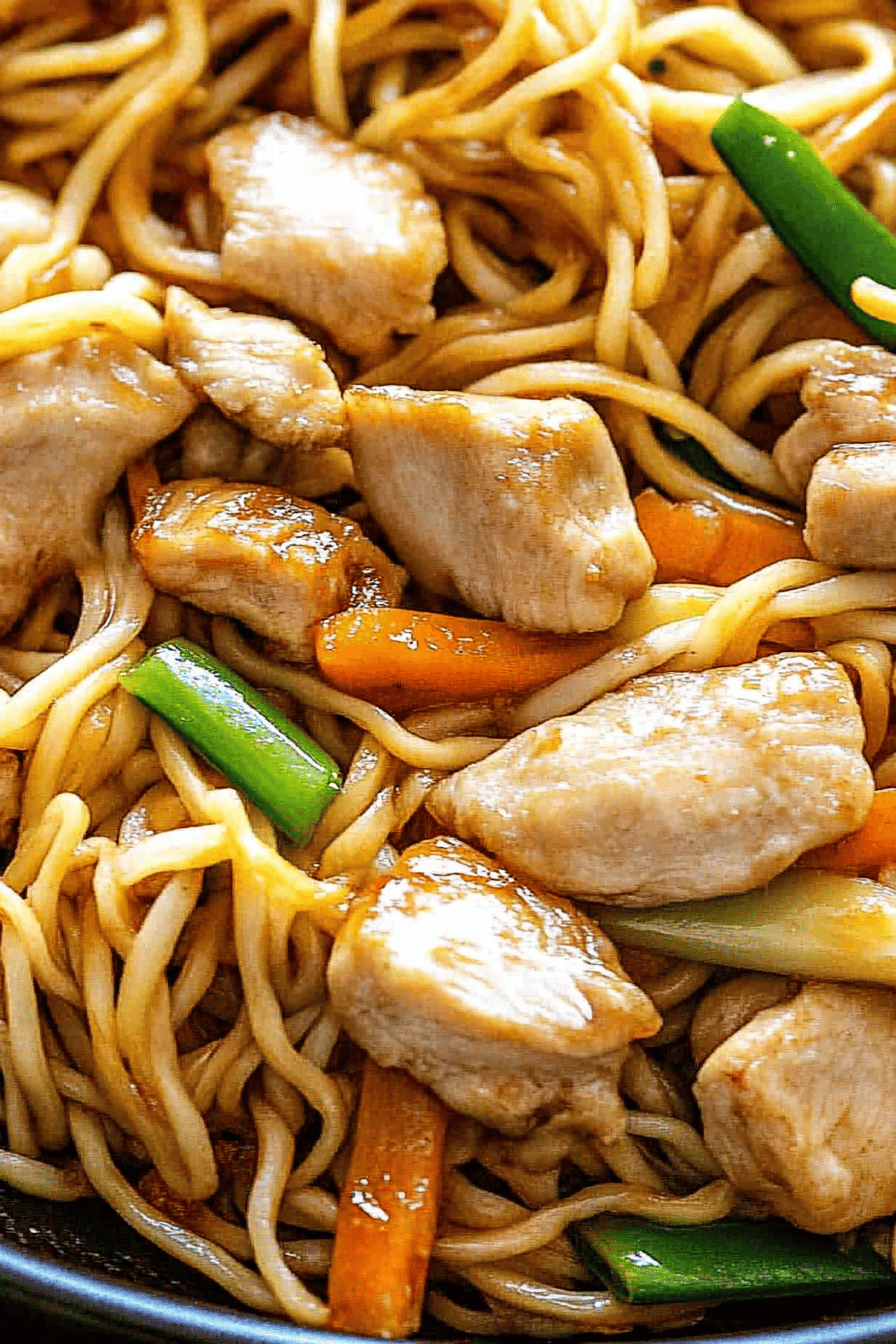
So there you have it! My tried-and-true recipe for incredibly delicious homemade chicken chow mein. I really hope you give this a try because, honestly, it’s become such a treasured recipe in my home, and I know it will be in yours too. It’s that perfect combination of comfort, speed, and amazing flavor that makes it a weeknight hero and a weekend treat. It reminds me that you don’t need to be a professional chef to create something truly spectacular in your own kitchen. If you loved this chicken chow mein, you might also enjoy my recipes for Speedy Beef and Broccoli or my Quick Chicken Fried Rice – they offer similar comforting Asian-inspired flavors! I can’t wait to hear what you think, or see what wonderful variations you come up with. Please feel free to share your thoughts, tips, or photos in the comments below. Happy cooking, and enjoy every single slurp!
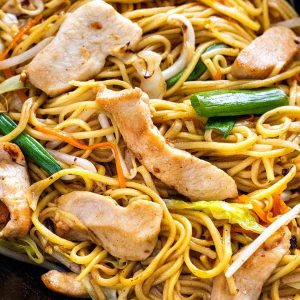
Chicken Chow Mein
Ingredients
Main Ingredients
- 0.5 pound boneless, skinless chicken thighs cut into bite-sized pieces
- 8 ounce chow mein noodles
- 2 tablespoon vegetable oil
- 1 cup broccoli florets
- 1 cup sliced carrots
- 1 cup sliced bell peppers any color
- 0.5 cup sliced mushrooms
- 0.25 cup chopped yellow onion
- 2 cloves garlic minced
- 1 teaspoon fresh ginger grated
Chow Mein Sauce
- 0.25 cup low-sodium soy sauce
- 1 tablespoon oyster sauce
- 1 tablespoon sesame oil
- 1 tablespoon cornstarch
- 0.5 cup chicken broth
- 1 teaspoon sugar
Instructions
Preparation Steps
- Cook chow mein noodles according to package directions. Drain and set aside.
- In a small bowl, whisk together all ingredients for the chow mein sauce. Set aside.
- Heat 1 tablespoon of vegetable oil in a large skillet or wok over medium-high heat. Add chicken and stir-fry until cooked through, about 5-7 minutes. Remove chicken from skillet and set aside.
- Add the remaining 1 tablespoon of vegetable oil to the skillet. Add broccoli, carrots, bell peppers, mushrooms, and onion. Stir-fry for 3-5 minutes until vegetables are tender-crisp.
- Add minced garlic and grated ginger to the skillet and stir-fry for 30 seconds until fragrant.
- Return the cooked chicken to the skillet. Pour the prepared chow mein sauce over the chicken and vegetables. Stir to combine and cook for 1-2 minutes until the sauce thickens.
- Add the cooked noodles to the skillet and toss to coat everything in the sauce. Serve immediately.

